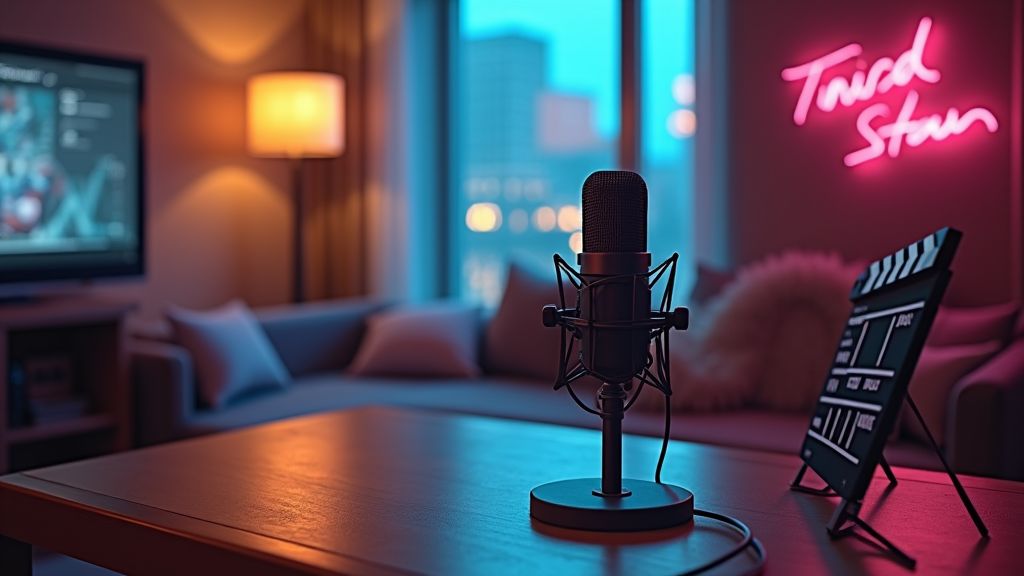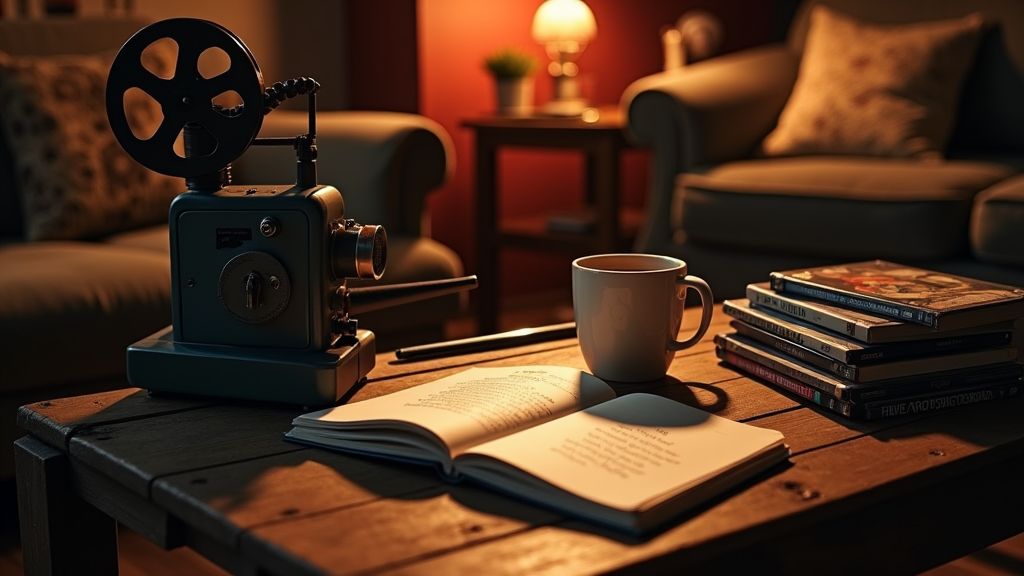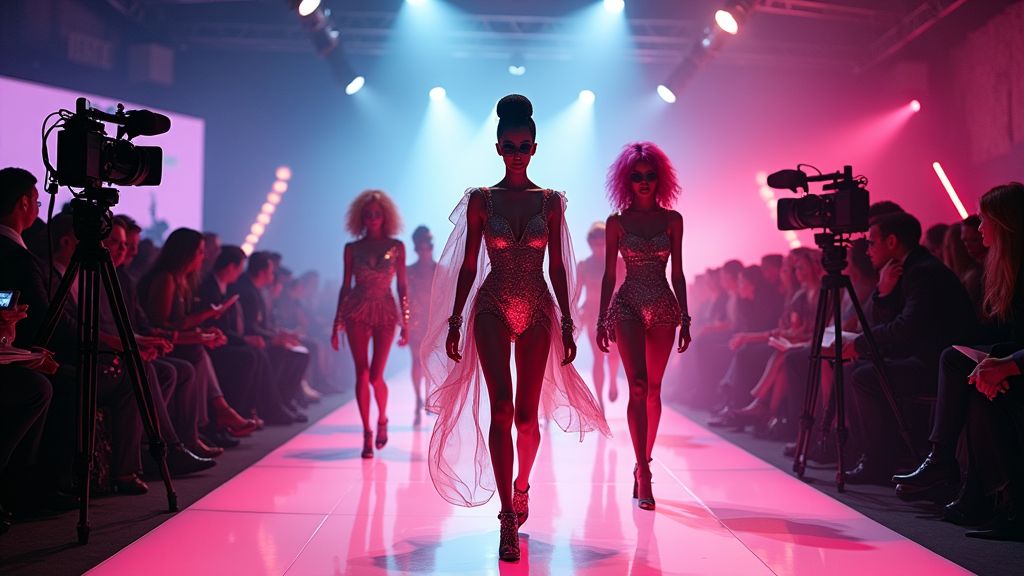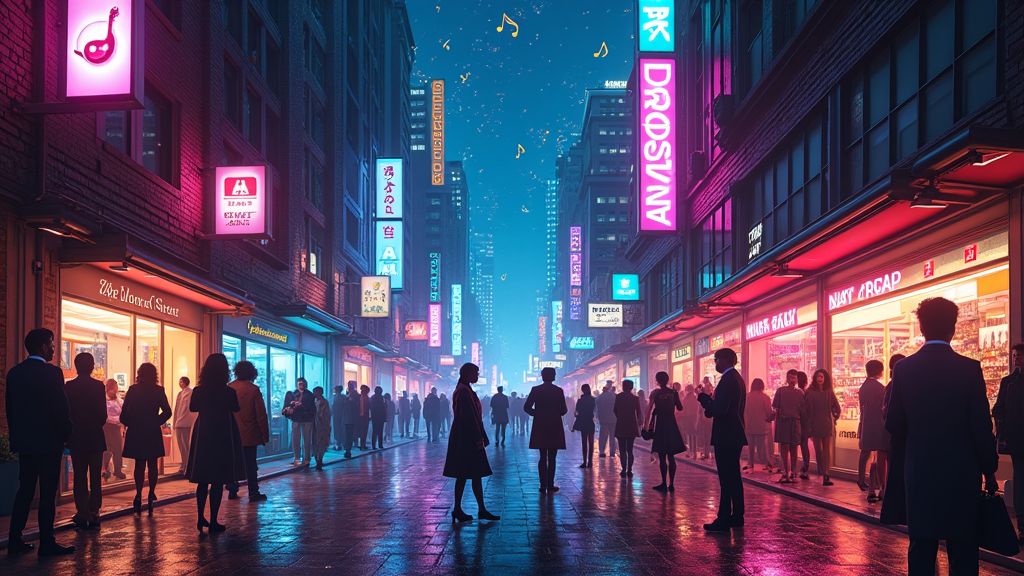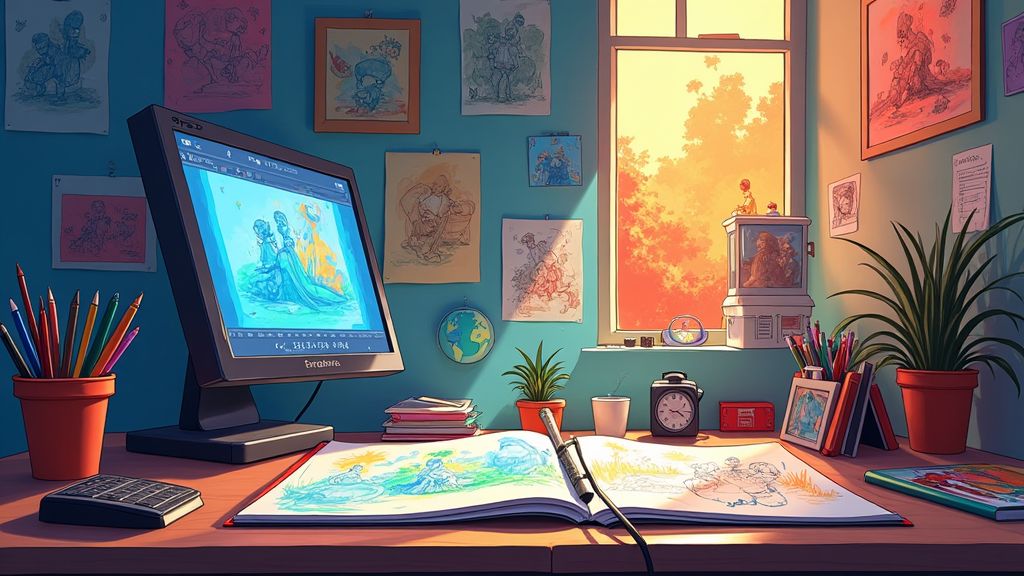The Role of Fashion in Defining TV Show Characters
Have you ever noticed how the clothes a character wears on a TV show can tell you so much about who they are? From the high-powered lawyer in a sharp suit to the quirky best friend in funky patterns, fashion plays a crucial role in defining TV show characters. Let’s dive into the fascinating world of how wardrobe choices can shape our perception of the characters we see on screen.
Fashion Evolution on TV
Fashion has always played a significant role in television. As early as the 1950s, shows like ‘I Love Lucy’ showcased the latest trends of the time, influencing viewers’ fashion choices. Fast forward to the present day, and TV shows have become major influencers in the world of fashion. Characters like Carrie Bradshaw from ‘Sex and the City’ or Olivia Pope from ‘Scandal’ have become style icons, with their outfits dissected and emulated by fans around the world.
The Power of Costuming
Costuming is a deliberate and strategic process in TV production. Costume designers work closely with show creators and actors to develop the perfect wardrobe for each character. Every piece of clothing, from a protagonist’s signature jacket to a villain’s menacing gloves, is carefully chosen to convey personality traits and story elements. The colors, fabrics, and styles of outfits all play a part in shaping the audience’s perception of the characters.
Fashion as Character Development
Fashion is not just about looking good on TV; it’s a powerful tool for character development. A character’s wardrobe can evolve over the course of a series to reflect their growth, struggles, or emotional state. Think of Walter White’s transformation in ‘Breaking Bad,’ where his shift from bland khakis to bold Heisenberg attire mirrored his descent into darkness. These visual cues help audiences connect with characters on a deeper level and understand their journey.
Impact on Pop Culture
The influence of TV show fashion extends far beyond the screen. Trends sparked by iconic characters can shape entire fashion movements. The ’90s revival trend, for example, can be traced back to shows like ‘Friends’ and ‘Beverly Hills, 90210,’ where plaid shirts and slip dresses reigned supreme. Social media platforms like Instagram have also fueled the obsession with TV show fashion, with accounts dedicated to recreating celebrity looks and identifying designer pieces.
The Rise of Fashion-Forward TV Shows
In recent years, fashion-forward TV shows like ‘Emily in Paris’ and ‘Euphoria’ have pushed style boundaries, making bold fashion statements that resonate with viewers. These shows have become style guides in their own right, with fans eagerly awaiting new episodes to see what the characters are wearing. The visually striking and sometimes avant-garde costumes inspire real-life fashion choices, from vibrant prints to daring makeup looks, solidifying the connection between TV and personal style expression.
Influence of Streaming Platforms
Streaming platforms like Netflix, Hulu, and HBO Max have broadened the reach of fashion in TV, making international shows accessible to a global audience. As a result, style influences from different cultures are crossing borders more than ever before. Shows like ‘Money Heist’ from Spain and ‘Squid Game’ from South Korea showcase distinctive styles that capture worldwide attention, leading to global fashion trends that transcend cultural boundaries and reflect an increasingly interconnected pop culture landscape.
Collaboration Between Fashion Brands and TV Shows
Fashion brands have begun to recognize the power of TV shows in influencing trends, leading to collaborations that bring on-screen fashion directly to consumers. Brands like Fendi, Balmain, and Reebok have partnered with popular shows to create limited-edition collections inspired by iconic costumes. These collaborations offer fans a chance to own a piece of their favorite show’s aesthetic, merging fandom with fashion and making TV-inspired looks accessible to a broader audience.
Fan Engagement and DIY Fashion
The influence of TV fashion on pop culture is also seen in the way fans engage with and recreate looks from their favorite characters. Platforms like TikTok and YouTube are filled with DIY tutorials showing viewers how to emulate iconic outfits on a budget, fostering a creative community that celebrates TV-inspired fashion. This hands-on approach not only makes high fashion more accessible but also empowers fans to add their personal twist, transforming pop culture-inspired outfits into a unique expression of style.




